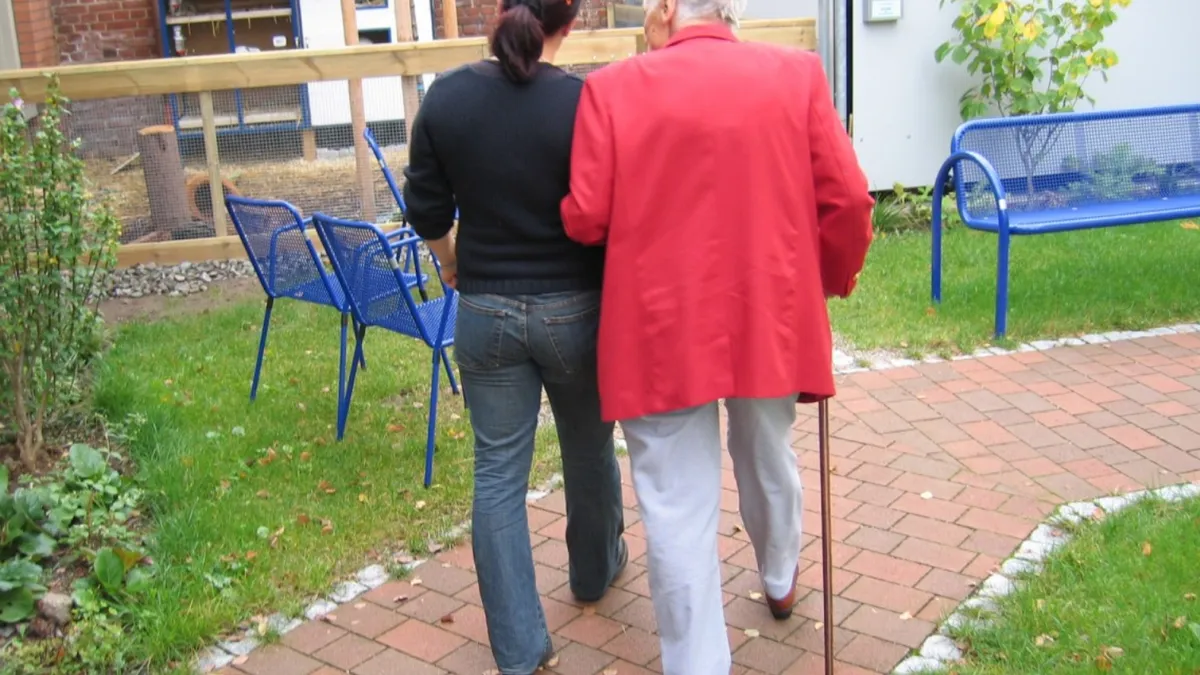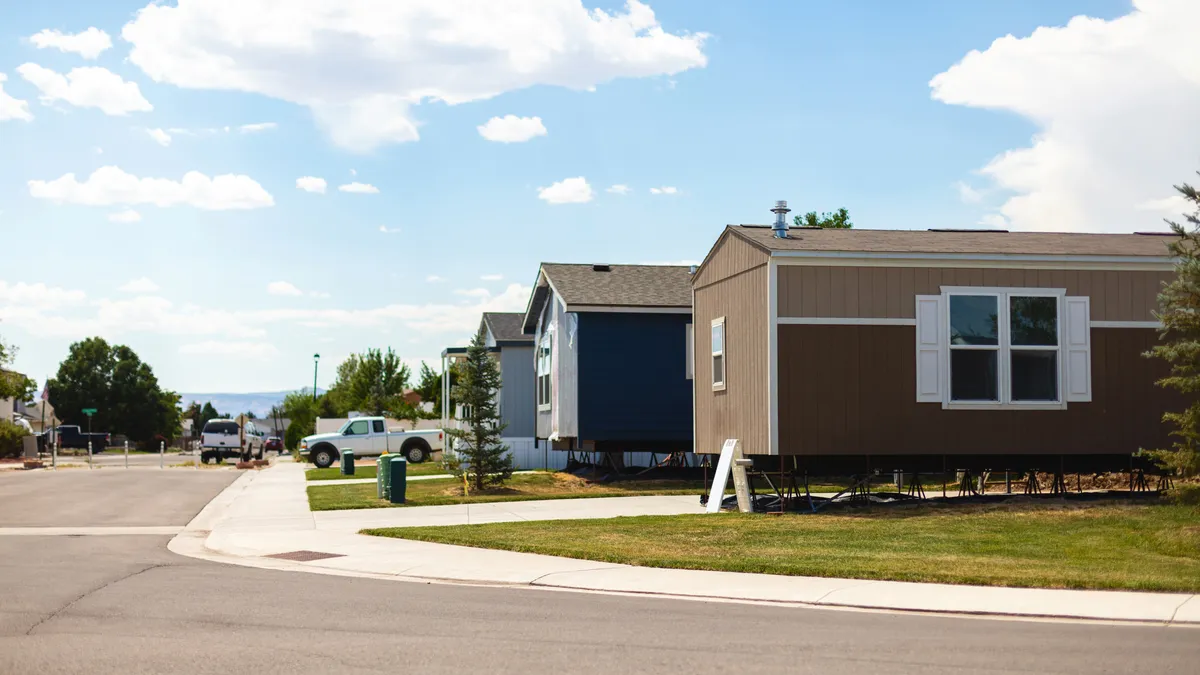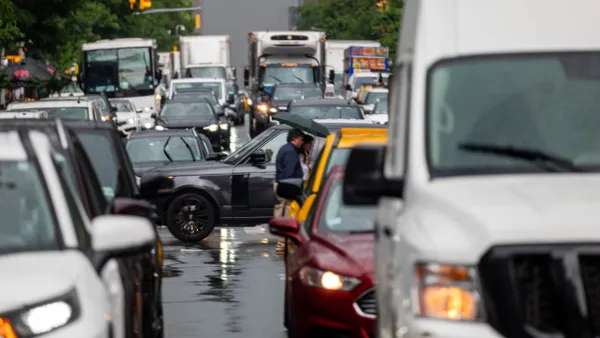Dive Brief:
- British Columbia's Office of the Seniors Advocate says in a new report that current transportation infrastructure is insufficient for the province's elderly population. Among the problems are uneven sidewalks, short crossing times at crosswalks, a lack of assistance on public transit and obstacles such as construction and sandwich boards.
- Isobel Mackenzie's report recommends a "community drives" program to be run through an existing home support program, which would offer seniors rides if they are unable to drive. The report also calls for expanding a taxi voucher program, a seniors bus pass and an expansion of a van program to help the elderly access transit.
- Roughly 95% of British Columbia citizens have a driver's license at age 65, but by age 85 that is only 44%, the report found. "Most of the public transportation currently offered ... all offer support to some seniors some of the time, but none can fill all transportation needs for all seniors," Mackenzie said in a press statement.
Dive Insight:
Smart cities are increasingly looking at how to make infrastructure easier and more accessible for the elderly, especially as the population ages and older people stay in their homes. With the help of the AARP, many cities are now adopting comprehensive plans to help aging citizens. Danielle Arigoni, AARP’s director of livable communities, told Smart Cities Dive the plans "stitch together the connections that exist between housing and how people get around, between infrastructure investments and ... whether or not there’s pedestrian infrastructure in place."
A key aspect is improving mobility — cities such as Pittsburgh and Columbus, OH have taken steps to simply smooth sidewalks and make crosswalks easier for slower citizens to navigate. Other cities have been adding transit stops or creating van services to make sure more citizens can use public transportation rather than driving. Those improvements don’t just help seniors and the disabled community, but making driving alternatives easier for all residents.
The British Columbia report notes a van program called HandyDART is useful in getting residents around and replacing driving, but is costly for the government and not always available. Only 28% of HandyDart systems operate in the evening, and only 20% are available seven days a week, making it difficult to use for impromptu trips. Mackenzie’s report makes the case for relying on friends and family where possible, both for taxpayer savings and convenience; she recommends exploring tax relief for drivers who become seniors’ primary transportation option. She also recommends "bus buddy" programs that would get seniors more familiar with public transit, especially if they are transitioning from driving.










